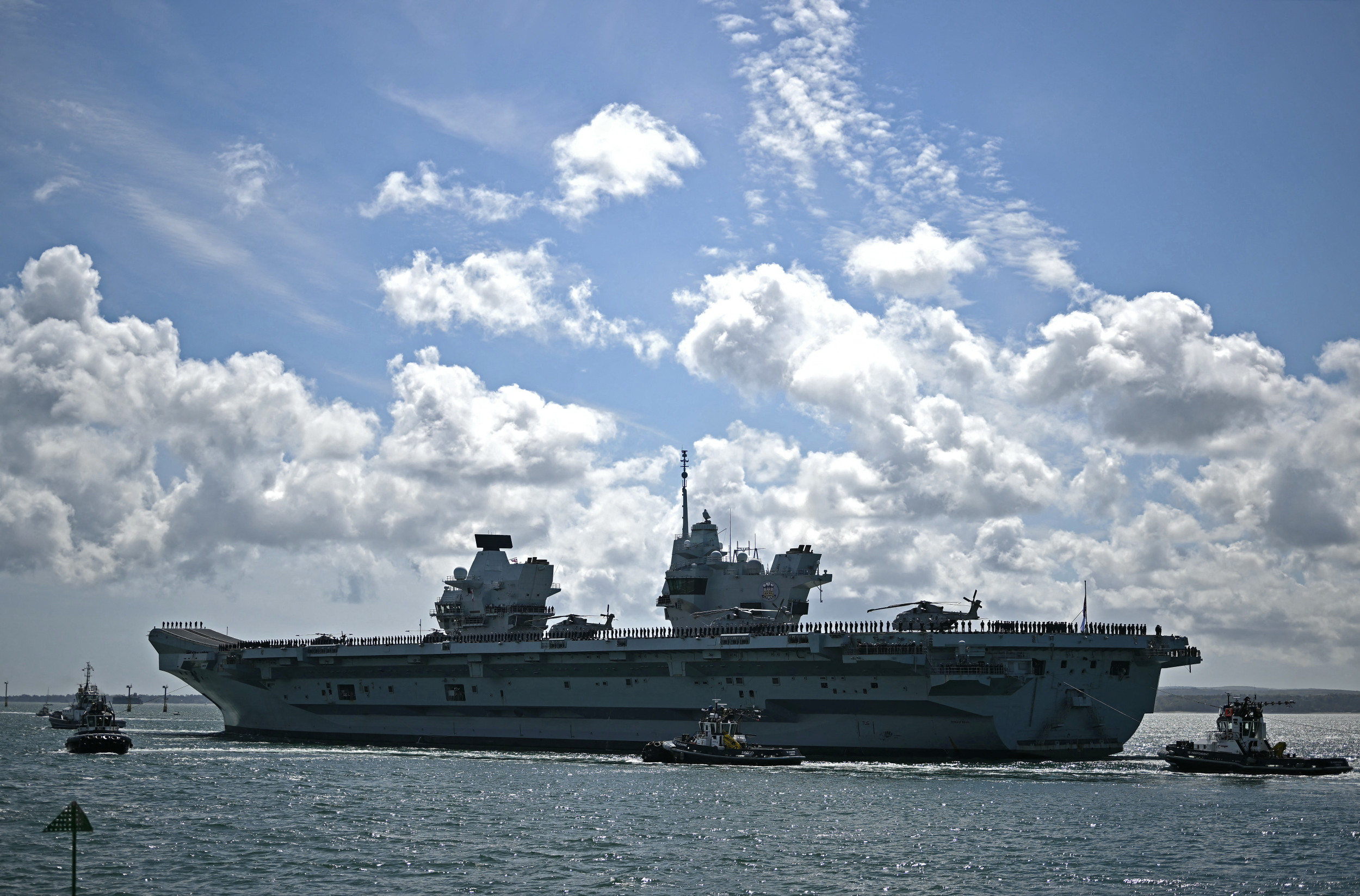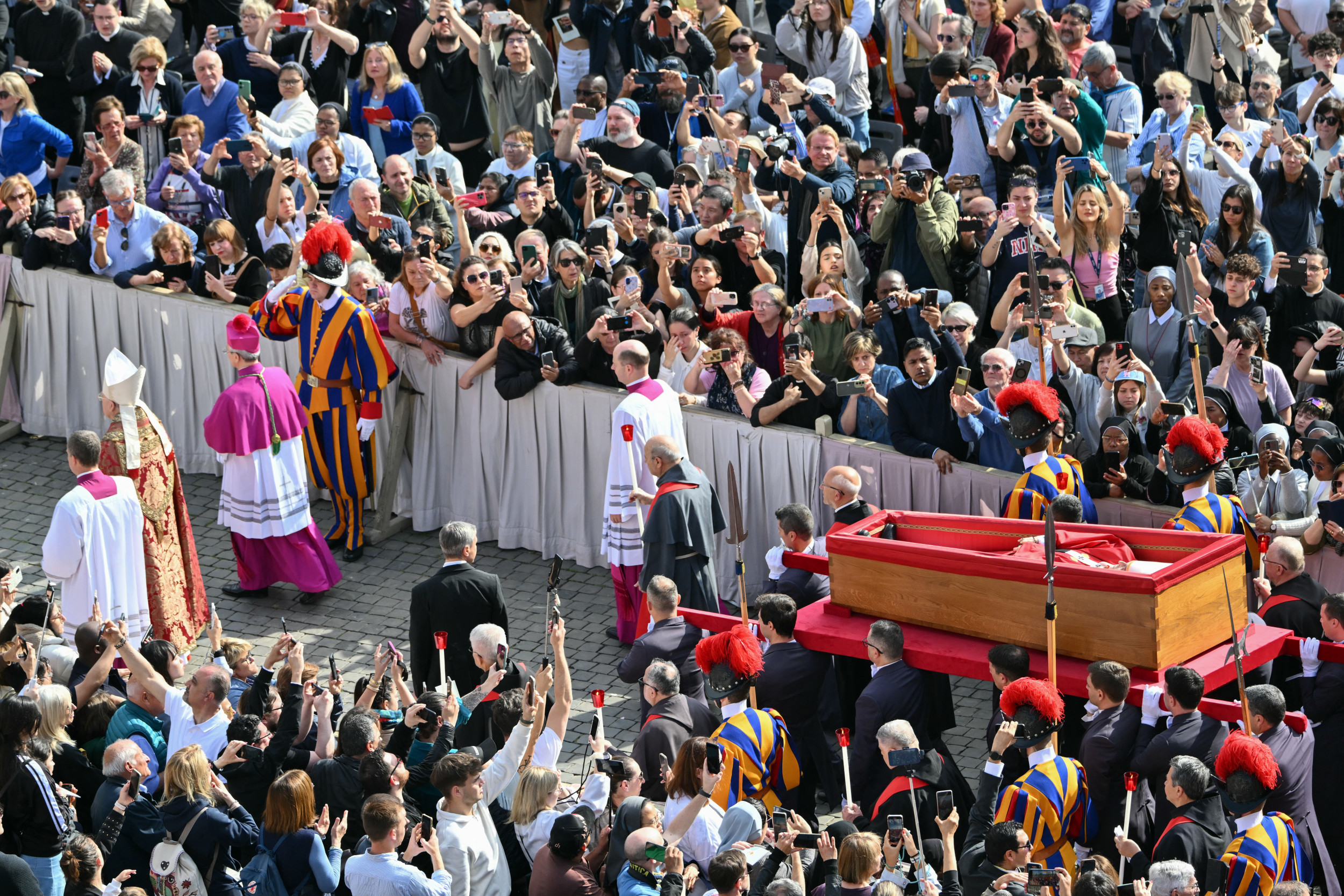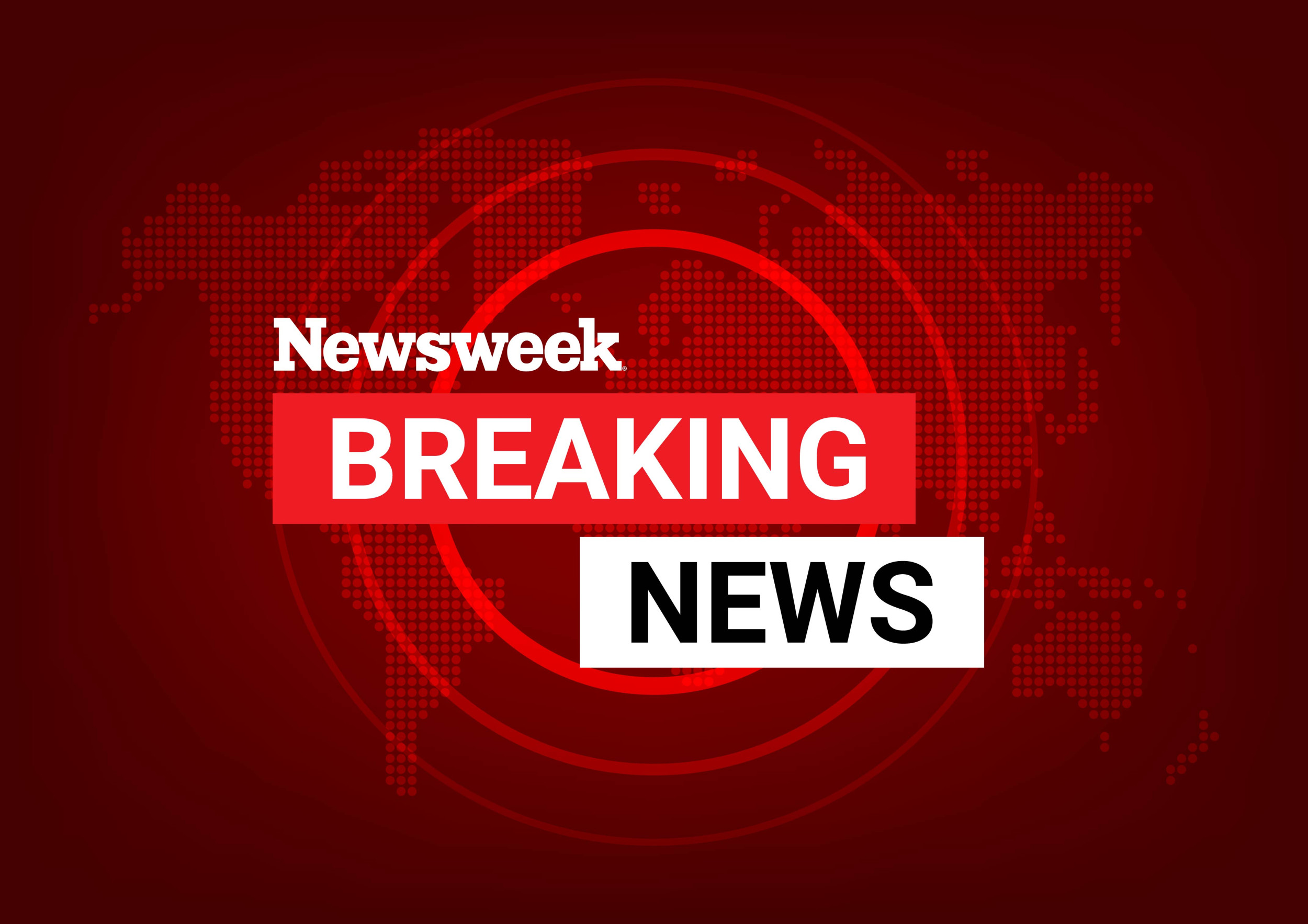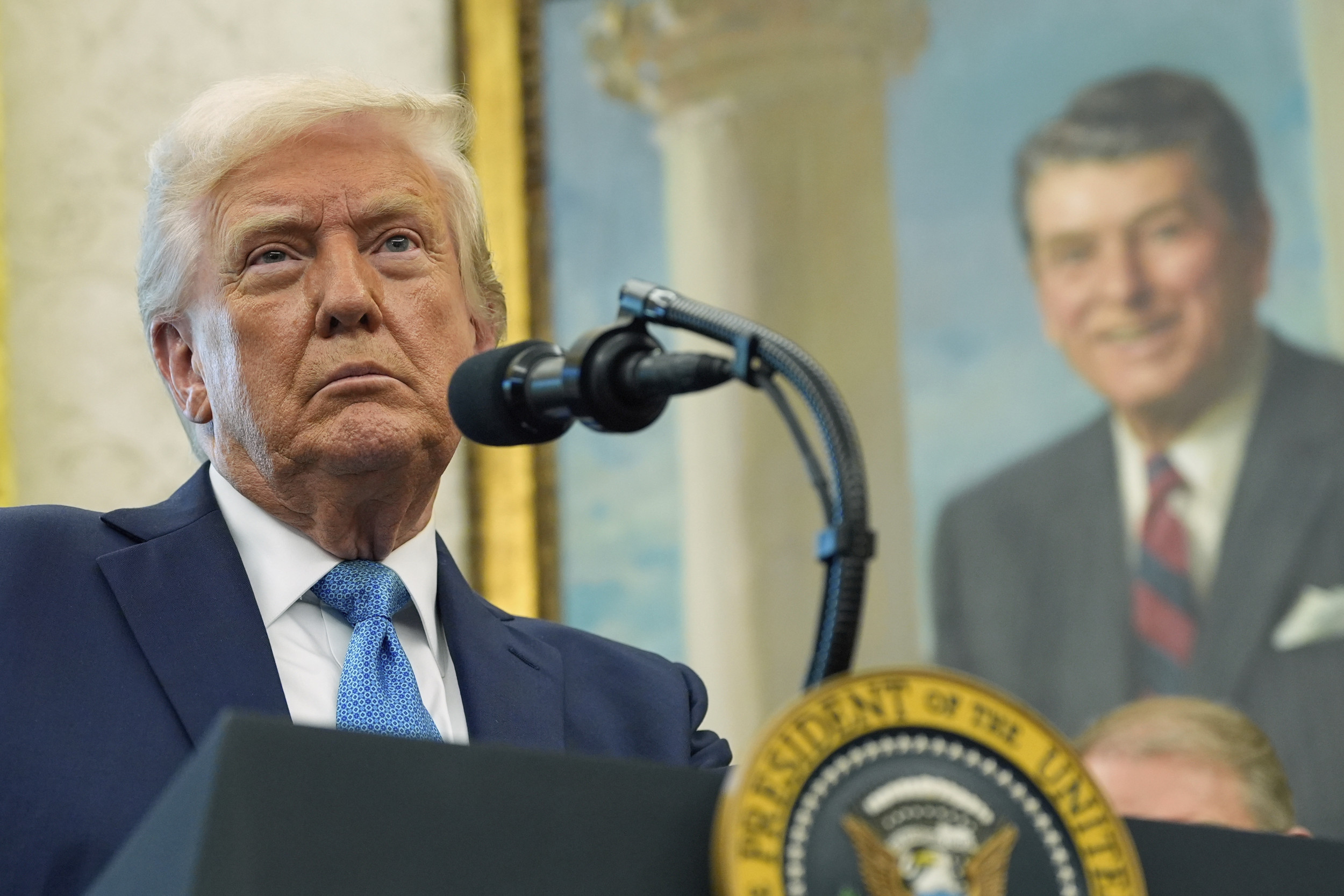🎙️ Voice is AI-generated. Inconsistencies may occur.
Satellite imagery has captured a United States aircraft carrier in Philippine waters as it transited to the Middle East amid tensions with Iran and the Houthi rebels in Yemen.
The U.S. Pacific Fleet referred Newsweek's request for comment to the Pentagon's statement on U.S. force posture in the Middle East.
Why It Matters
The Pentagon has announced additional military deployment in the Middle East, including USS Carl Vinson, an aircraft carrier previously operated in the western Pacific Ocean. It is set to join its sister ship, USS Harry S. Truman, which is operating in the Middle East.
The redeployment of the Carl Vinson comes as U.S. President Donald Trump is reportedly considering indirect nuclear talks with Iran and preparing the ground for military strikes. Meanwhile, the U.S. military continues to carry out strikes against the Iran-backed Houthis.

What To Know
A satellite image captured on Tuesday shows the Carl Vinson transiting the Sulu Sea with its escorting ships en route to the Middle East. Last week, the aircraft carrier conducted a scheduled port visit in Guam, a critical logistics hub east of the Philippines.
The nuclear-powered Carl Vinson has F-35C fighter aircraft aboard, which is considered the most capable fighter jet of the U.S. Navy. One of the stealth fighter jets recently escorted a Russian military aircraft that was executing a low-pass flyby close to the aircraft carrier.
The Sulu Sea is located in the southwestern region of the Philippines, separated from the South China Sea in the west by the island of Palawan. It will take the Carl Vinson two to three weeks to reach the Middle East, according to the U.S. Naval Institute-run USNI News.
The carrier strike group led by the Carl Vinson consists of at least two other warships, the cruiser USS Princeton and the destroyer USS Sterett, and a carrier air wing with nine aircraft squadrons, according to a statement released by the U.S. Navy on March 28.
While the U.S. is sending a second aircraft carrier to the Middle East, a French nuclear-powered aircraft carrier, FS Charles de Gaulle, made a stopover in Djibouti. The former French territory is located in the Horn of Africa, facing the contested Red Sea to the north.
The U.S. Navy has also sent its oldest aircraft carrier, USS Nimitz, for a western Pacific Ocean mission from the U.S. West Coast, filling the power gap left by the Carl Vinson.
"The Nimitz Strike Group has begun its deployment to the Western Pacific to preserve our warfighting advantage in the Indo-Pacific," Sean Parnell, the chief Pentagon spokesperson, said on Tuesday. It was not clear when the Nimitz would reach its designated deployment area.
Meanwhile, another U.S. aircraft carrier, USS Abraham Lincoln, departed from Naval Air Station North Island in San Diego on Tuesday. This marks the second aircraft carrier leaving the port in the past week, following the Nimitz's departure on March 26.
USS Abraham Lincoln (CVN 72) Nimitz-class aircraft carrier leaving San Diego - April 1, 2025 #ussabrahamlincoln #cvn72
— WarshipCam (@WarshipCam) April 2, 2025
SRC: INST- sandiego_planespotters pic.twitter.com/oFRr79Nt4V
What People Are Saying
Sean Parnell, the chief Pentagon spokesperson, said in a statement on Tuesday: "Following completion of a scheduled exercise in the Indo-Pacific region, the Carl Vinson Carrier Strike Group will arrive in [the U.S. Central Command area of responsibility] to continue promoting regional stability, deter aggression, and protect the free flow of commerce in the region."
Iranian Foreign Minister Abbas Araghchi wrote in a post on X, formerly Twitter, on Tuesday: "Diplomatic engagement worked in the past and can still work. BUT, it should be clear to all that there is—by definition—no such thing as a 'military option' let alone a 'military solution.' Catastrophic failures in our region which have cost prior U.S. administrations MORE THAN 7 TRILLION DOLLARS are ample evidence."
What Happens Next
It remains to be seen whether the Nimitz will be also retasked during its deployment in the western Pacific Ocean should the security situation in the Middle East further deteriorate.

Update 04/03/25, 04:15 a.m. ET: This article has been updated with comment from the U.S. Pacific Fleet.
About the writer
Ryan Chan is a Newsweek reporter based in Hong Kong, where he previously had over a decade of experience at ... Read more




